Highways promote tourism development
Just a few months after the Phan Thiet - Dau Giay expressway was put into operation and then connected to the Vinh Hao - Phan Thiet expressway, Binh Thuan has gradually become the center of the "golden quadrilateral" of tourism in the south, including Ho Chi Minh City - Vung Tau - Da Lat - Nha Trang. Along with the strength of resorts and recreational sports on the sea, in the first month of the expressway's official opening (May), the whole province welcomed more than 800,000 visitors.
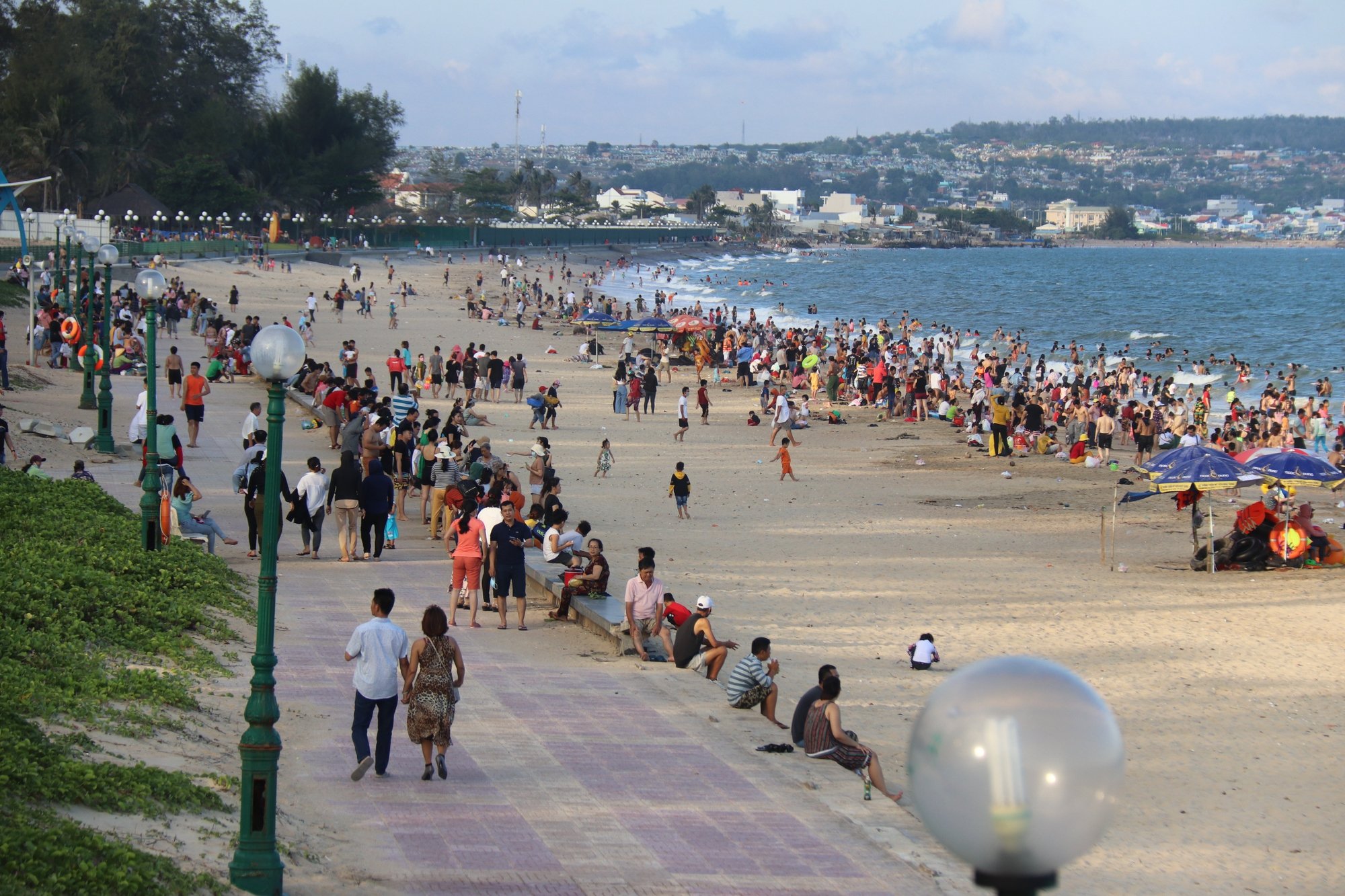
Binh Thuan's sea tourism strength is increasingly developing thanks to the newly put into use highways.
In general, in the first half of this year, tourism activities in the province were bustling with a sharp increase in the number of visitors. Binh Thuan welcomed 4.46 million visitors, an increase of 86% over the same period in 2022 (reaching 66% of the annual plan). Of which, international tourists numbered 133,900, an increase of 5.42 times and domestic tourists numbered 4.2 million, an increase of 82.65%. Revenue from tourism reached more than VND 11,348 billion, an increase of 2.52 times over the same period last year, reaching 71.4% of the annual plan.
This is not the first time that Binh Thuan's tourism industry has recorded impressive growth thanks to the opening of the highway. In 2015, after the Ho Chi Minh City - Long Thanh - Dau Giay highway came into operation, it was enough to help Binh Thuan's domestic tourism revenue increase 5 times. At the same time, a series of high-class resorts and accommodations were quickly formed, making Mui Ne the "resort capital" of Vietnam. Binh Thuan provincial leaders have continued to quickly take advantage of the extended highway and the occasion of hosting the national tourism year to create an attraction to attract investors from all over to Binh Thuan.
Before Binh Thuan, Quang Ninh and Ha Long also made their mark with a spectacular breakthrough to become the tourism capital of the North, thanks to the "phenomenon" of the Ha Long - Van Don - Mong Cai expressway and a series of infrastructure projects that were deployed at lightning speed such as the Ha Long - Hai Phong expressway, the Ha Long - Van Don expressway...
Help the tourism industry restructure its product system
More than half a decade ago, when Ho Chi Minh City finally raised the issue of tourism linkage with the provinces in the Mekong Delta, Mr. Nguyen Quoc Ky, Chairman of the Board of Directors of Vietravel Corporation, affirmed that it was "difficult" with the current state of transport infrastructure. At that time, the Mekong Delta was assessed to possess a lot of potential to become the tourism capital of the country. In particular, this place was very "popular" with European and American tourists... who were luxury customers and spent a lot.
The Mekong Delta has rice fields stretching as far as the eye can see, vast rivers and streams; a unique culture with the Khmer community possessing unique traditional festivals; beautiful sunshine all year round, few natural disasters, and the ability to exploit tourism all year round... However, the 13 provinces and cities of the Mekong Delta are still stuck in the "disease" of similar tourism products, while Ho Chi Minh City, a passenger transit center, has no way to connect to build an attractive product line that brings high value.
"Due to infrastructure limitations, tourism products in the Mekong Delta are divided into east and west directions, with the Hau River as the main one. This leads to a division of resources and no connection between provinces. Most localities only take advantage of the strengths of the river, build similar products, and only the highest section of the Hau River benefits, while the west is inferior to the east. In the end, the disease of "copying" products among localities is formed. The strengths of each locality are not promoted in the common product chain. Putting Ho Chi Minh City as the source market also cannot connect because the fact that wherever you go, you have to wait for the ferry, wherever the bridge is built, there is traffic jam, which makes customers discouraged and not want to go," said Mr. Ky.
Pivoting Mekong Delta tourism to highway speed
With Ho Chi Minh City as the source market, in the relationship with the Mekong Delta, it is necessary to adjust the product route in the north-south direction and a main axis. Specifically, the main axis goes from Ho Chi Minh City to My Tho, Long An, Tien Giang, down to Can Tho, straight to Rach Gia. This is the most complete route in terms of transportation including road and air, with the advantage of garden tourism products and fruit trees.
The two corridors include the northern wing from Ho Chi Minh City to Long An, turning down to Cao Lanh, Dong Thap, going down to Long Xuyen, An Giang, Chau Doc and ending at Ha Tien. This axis has famous historical and cultural relics in each province, the strength is the border with Cambodia, can develop border tourism. The southern wing, the coastal area from Ho Chi Minh City to My Tho, turning to Ben Tre to Tra Vinh, Bac Lieu, Soc Trang to Ca Mau, has products that the entire northern and central axis does not have, that is the sea. Besides the 3 vertical axes, it is possible to connect the east-west horizontal axes by a dense river system, develop waterways, creating a fishbone-shaped intra-regional connection network. This is the real connection and the center of Ho Chi Minh City can access the products of the provinces in the fastest and most convenient way.
Chairman of Vietravel Corporation Nguyen Quoc Ky
The Chairman of the Board of Directors of Vietravel Corporation assessed that in recent times, when the road, air, maritime and waterway transport systems in the Southern region in general and the Southwest region in particular have received synchronous investment, they have created huge changes. Longitudinal and cross-road routes, highways, beltways, bridges, etc. have been continuously invested in, shortening travel time by half compared to before, helping tourists from Ho Chi Minh City to the Mekong Delta provinces to access tourism resources faster and deeper. Shortened travel time means increased length of stay in the locality. Tourists have more experiences, activities, and penetration into local culture and spend more, bringing more economic value to the locality.
"The expressway system is the backbone, and each route will have branch roads spreading out like a fish bone. Wherever the branch roads spread out, tourism can develop right there, highlighting the unique values of each locality in terms of landscape, geography, culture, lifestyle, etc. With the new policy allowing foreign visitors to stay up to 45 days, along with the popular caravan trend, the widespread expressway network will be an opportunity for the tourism industry to build new, diverse and attractive product sets, creating economic value for many localities," Mr. Ky said optimistically.
Source link








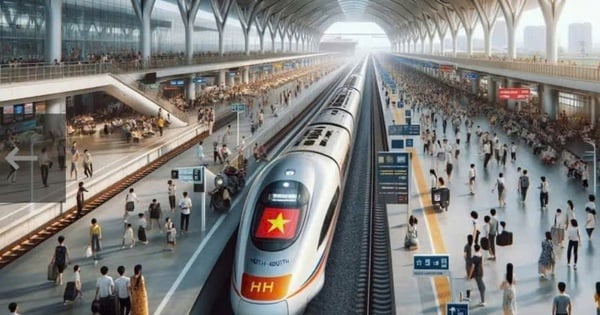

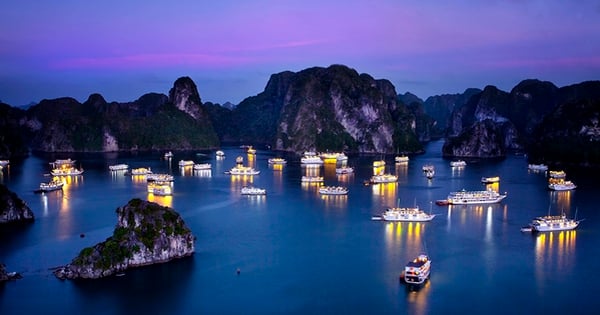


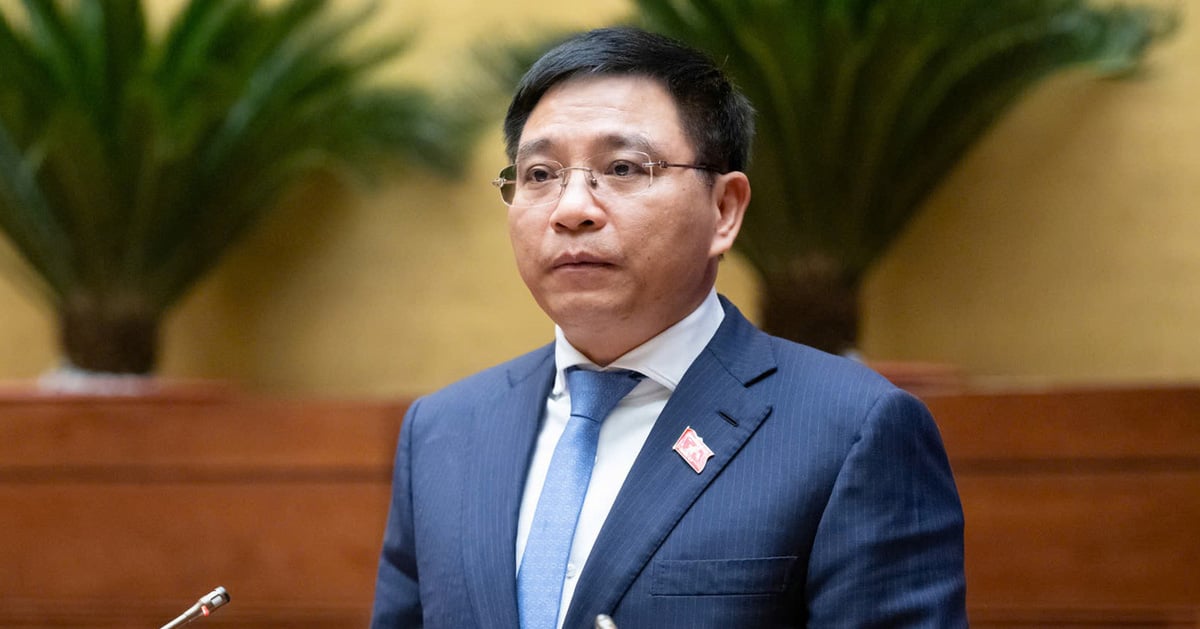

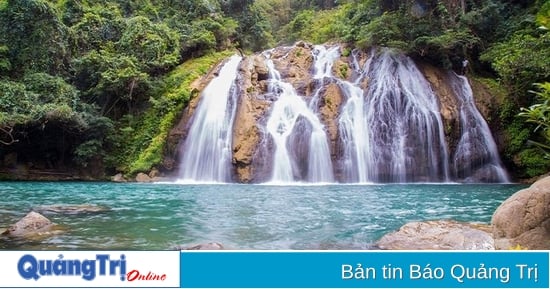

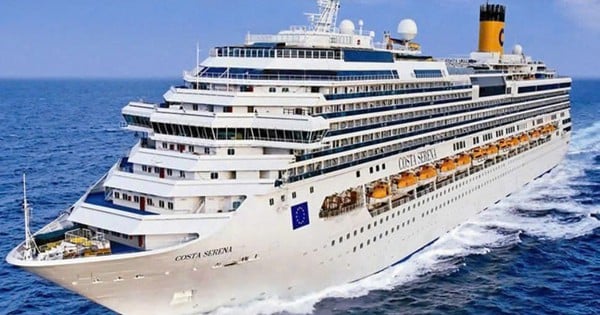


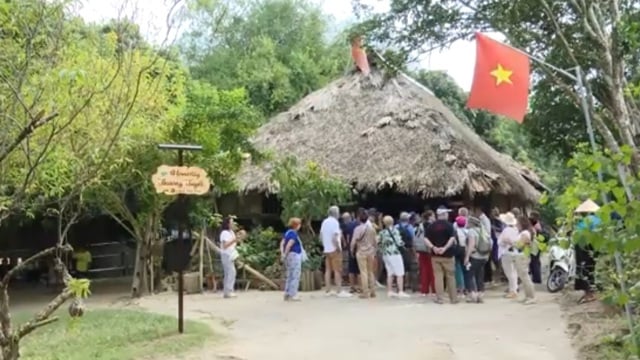

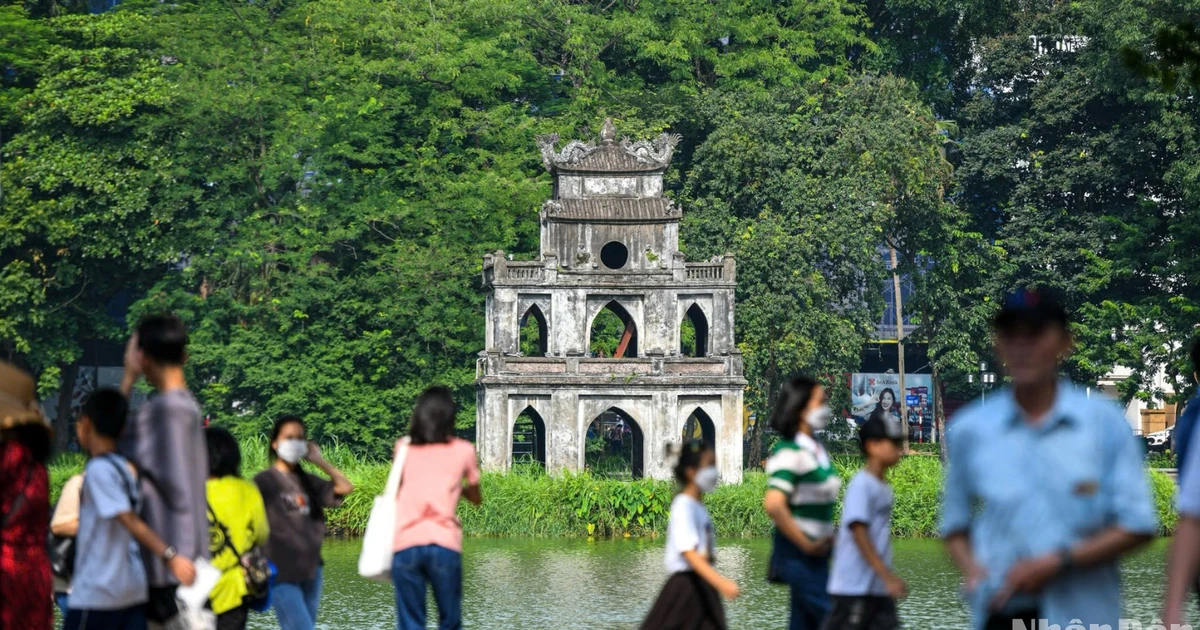

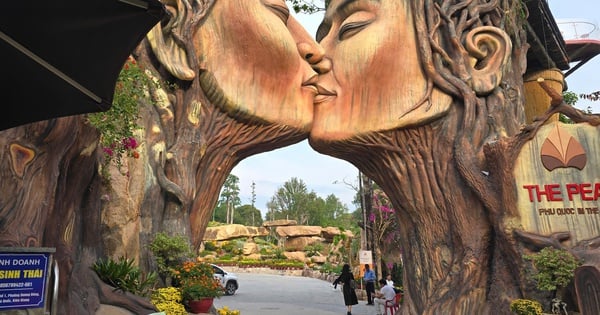
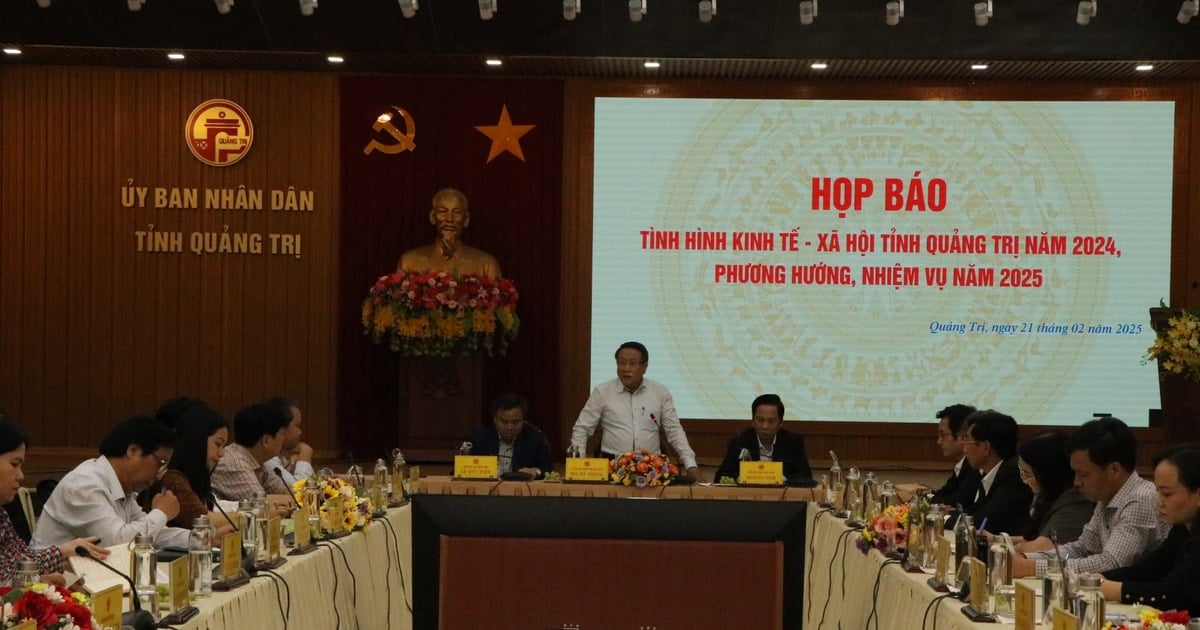

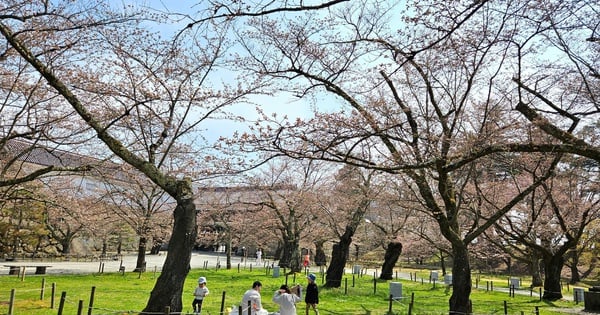





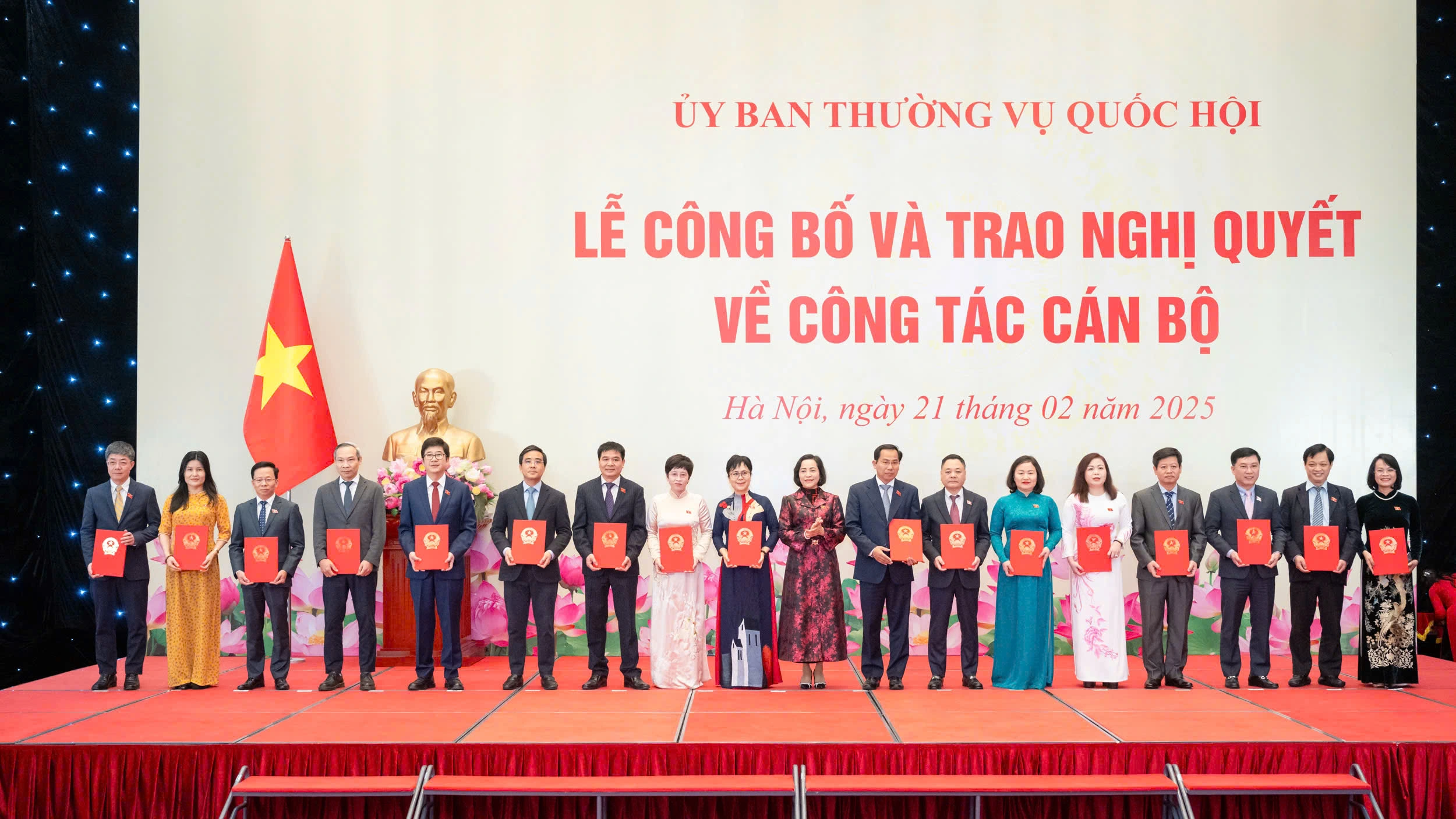

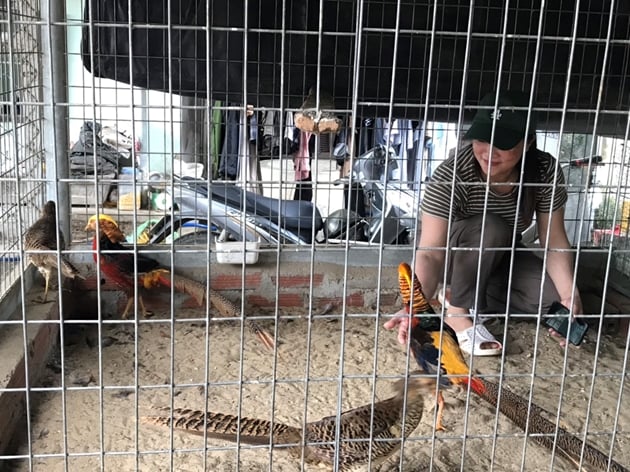





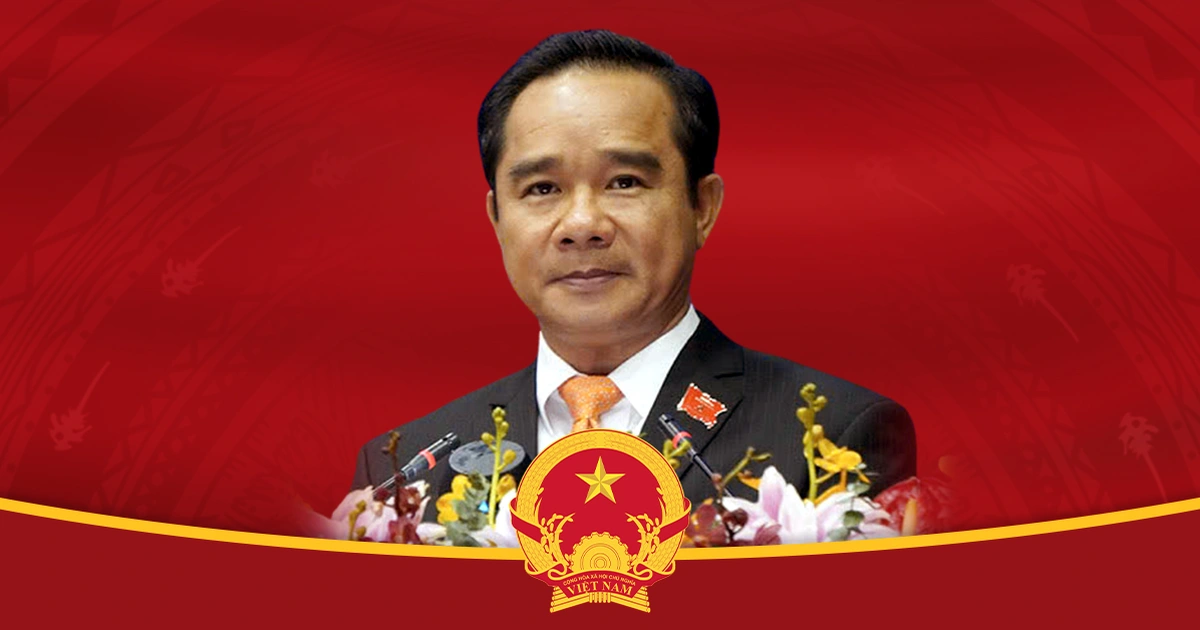



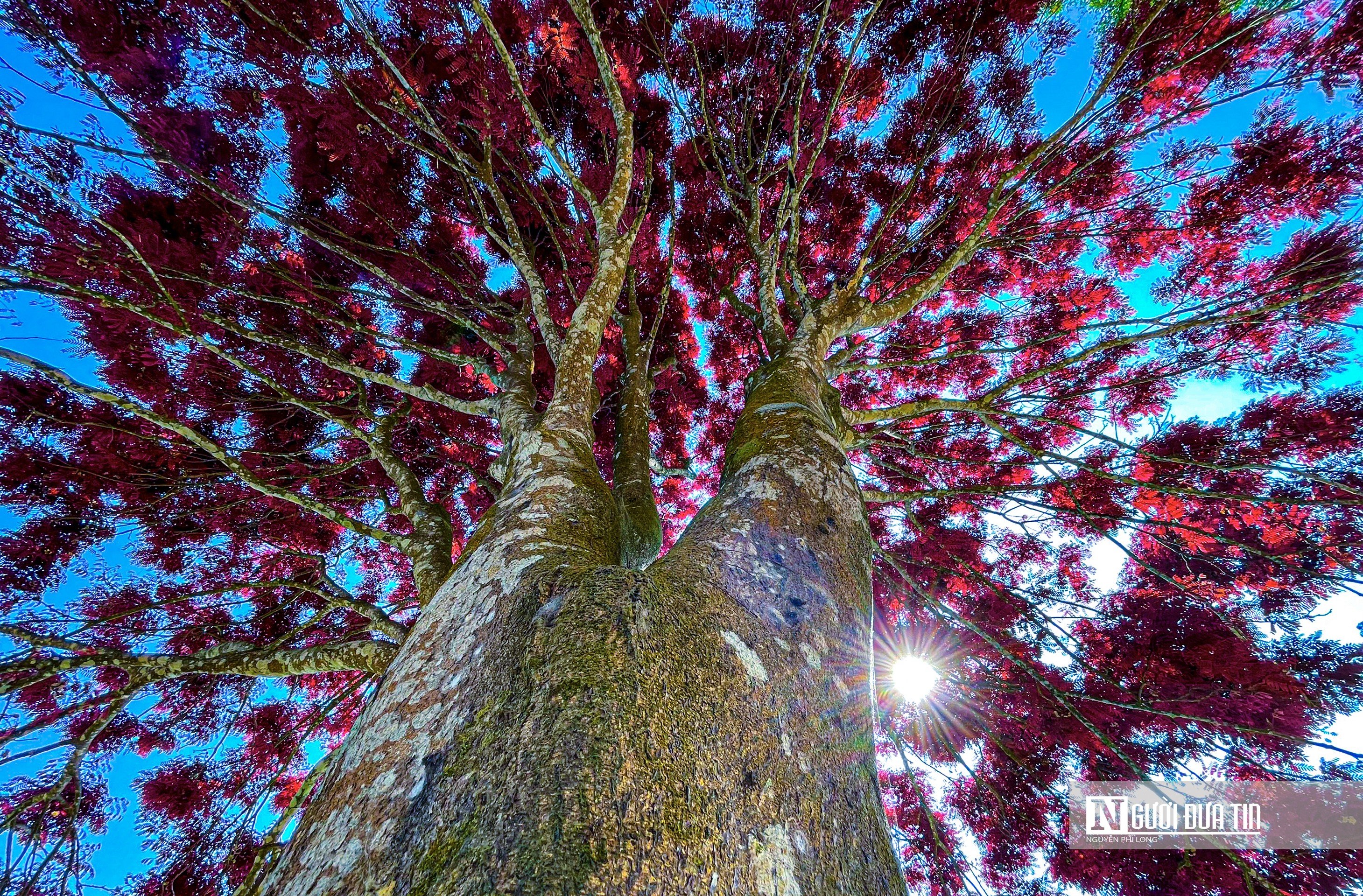
Comment (0)